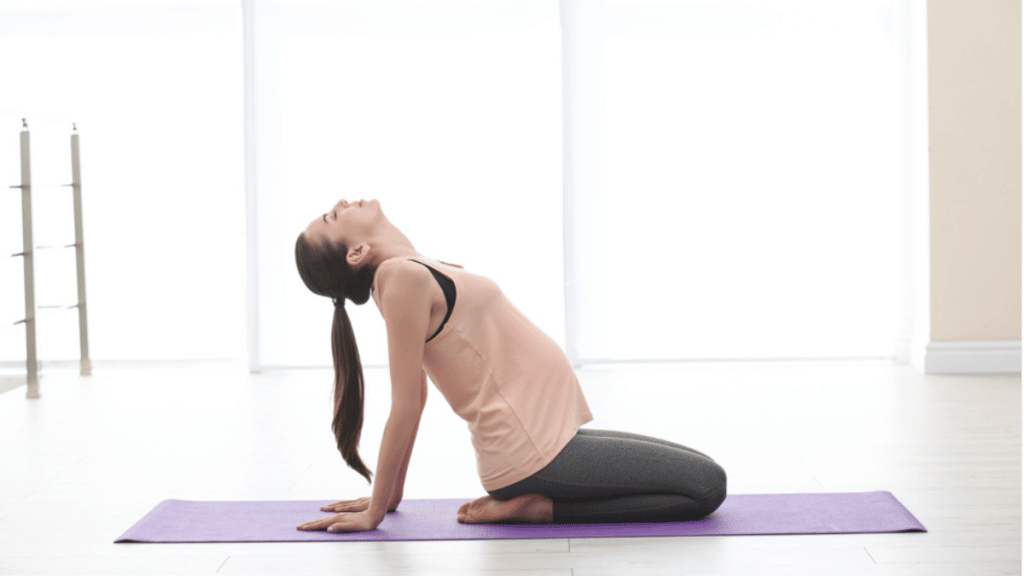In every women’s life, pregnancy is a blissful and happy moment. But the hormonal changes during these nine months cause mood swings, sickness, trouble breathing, fatigue, and unbearable leg cramps.
Exercise and remain active during pregnancy to ease the body and prevent complications. Yoga is one of the ancient and traditional types of exercise that enhances your strength and stamina and your whole quality of life. In addition, the asana you practice in yoga supports the well-being of your physical and mental health and helps achieve serenity and relaxation.
The various postures we practice during yoga are highly beneficial for expecting moms, as it helps in keeping bones healthy, tone their muscles for proper blood circulation and have a calming effect on the nervous system. In addition, it offers the perfect balance to your body, makes your skin supple, releases tension and prepares your body for smooth delivery.
Here are five yoga poses that ease the pregnancy path, strengthen your pelvic muscles and help increase the womb space for proper baby growth.
Bhadrasana or Butterfly Pose

This pose helps strengthen your pelvic region, enhances the flexibility of the hip and groin region and stretches your knees and thighs, thereby decreasing pain.
How to do it? Sit on the mat, keeping your legs completely stretched. With your legs in contact with the mat, bring your feet close to each other, forming a ” Namaste” pose. Keep your hands on your knees or your ankle. Hold on to this position for a few seconds till you feel comfortable. Keep your legs straight, relax for some minutes and then repeat this posture.
Trikonasana or Triangle Pose
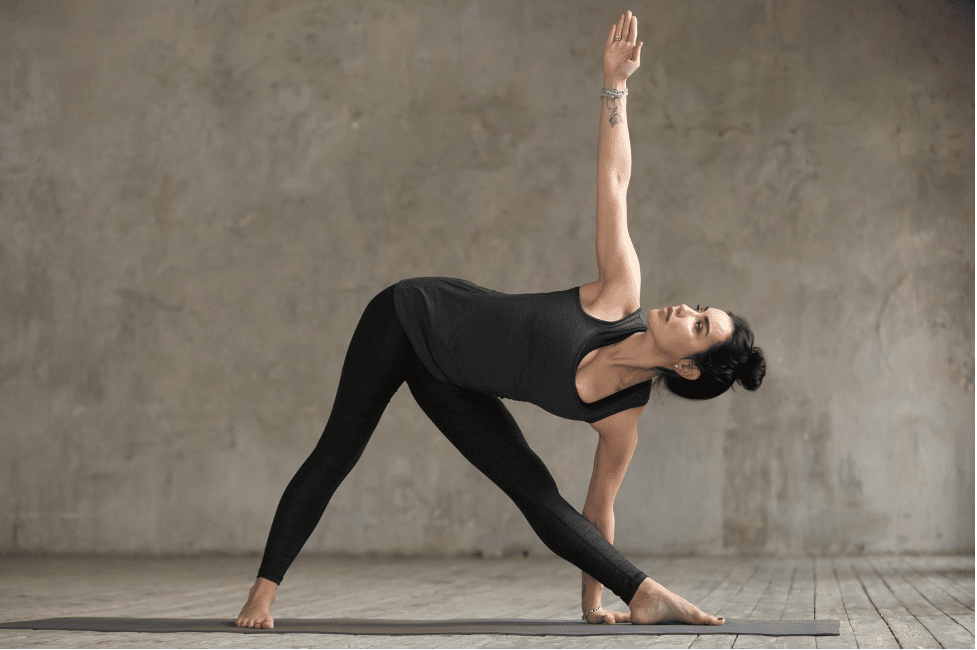
This yoga pose helps decrease your stress and back pain, enhances digestion during pregnancy, and increases flexibility in your hip.
How to do it? Stand straight with your feet joined. On each side of your body, rest your hands. Gradually spread your legs and lift your right hand. Now take a deep breath, bend in your left direction, and balance your body by keeping your left palm on the floor. Now lean your head in an upward direction, look at your right hand’s fingertips, and then count to 20. Repeat this posture while bending a bit in the right direction. Take some rest and then continue this whole posture another two times.
Marjarisana or Cat pose
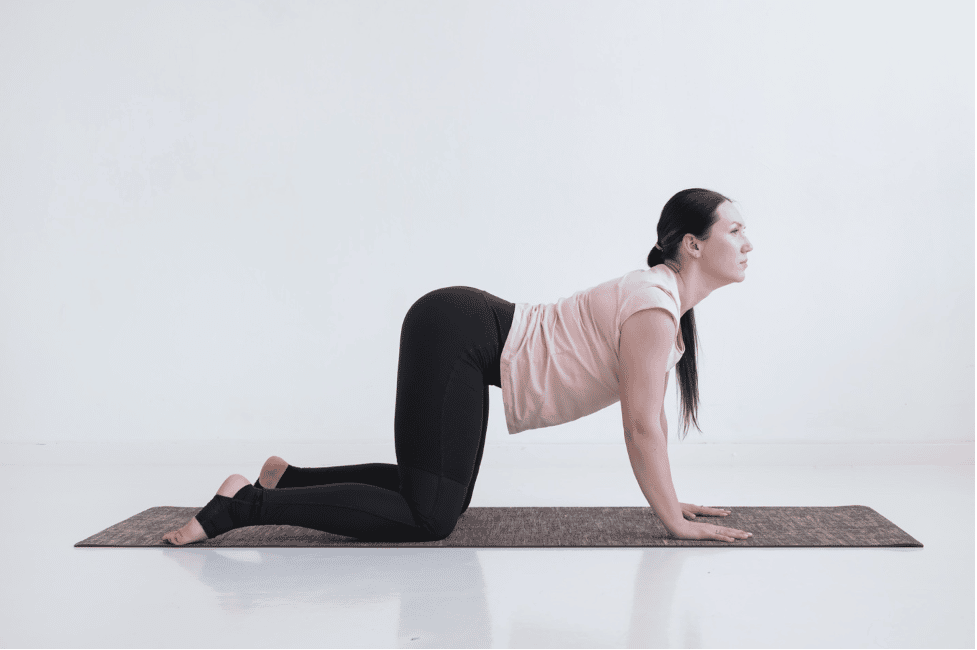
This pose is especially beneficial during the third trimester. It helps enhance blood circulation and stretches your back and shoulders, making your spine very flexible.
Bend down on your knees by keeping your head straight. Take a deep inhalation, and lift your chin up while pushing your head. Keep your buttocks firm and hold on to this position for about 30 seconds with deep breathing. Now breathe out and bring in your chin very close to your chest. At the same time, relax your buttocks and arch the back, hold on to this position for some time and then repeat this posture three more times.
Parvatasana or Mountain Pose
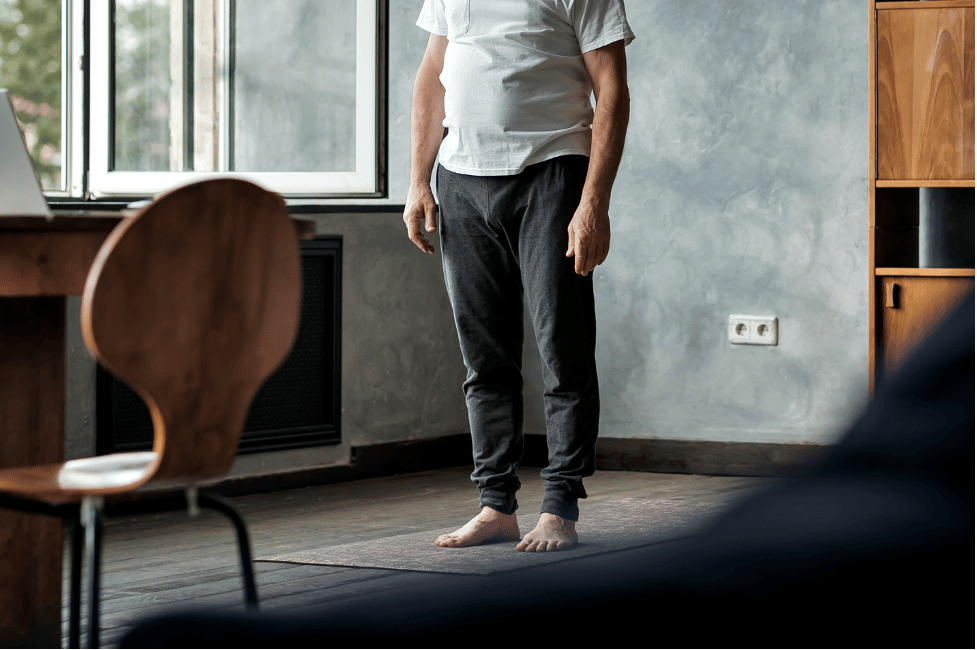
This pose helps in enhancing the body posture, relieves your back and neck pain and enhances hip flexibility.
How to do it? Sit in an erect position while inhaling. Raise your arms and join your palms to make a “Namaste” position. While keeping your elbows in a straight position, keep your hands near to your ears. Hold on to this pose for seconds and return to the normal position. Repeat this posture about 3 – 5 times.
Shavasana or Corpse Pose
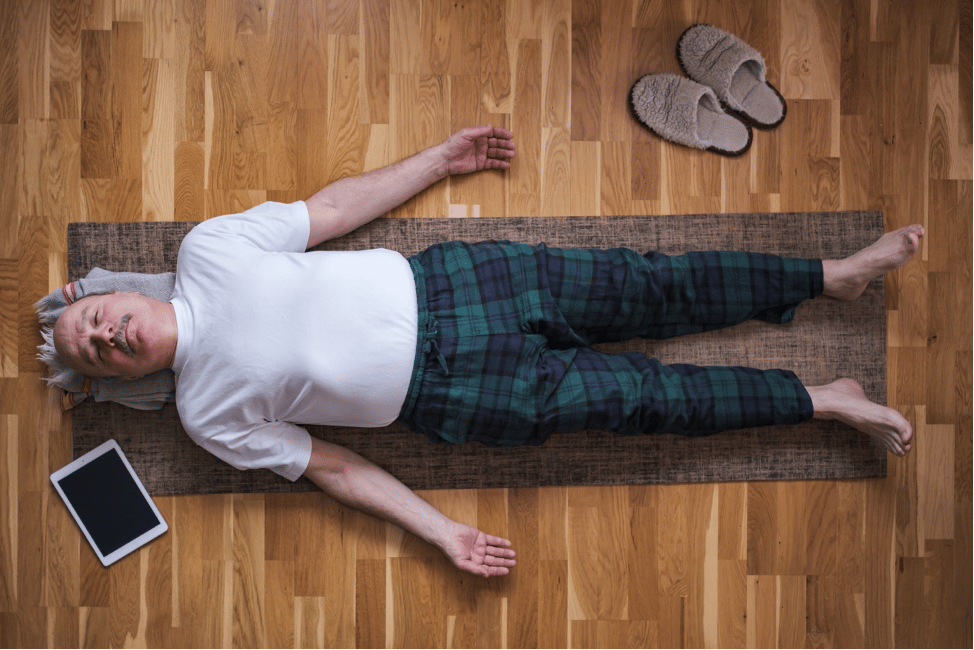
This yoga pose helps in cooling your body and calming your mind and is the end of a whole yoga session. Practice this after each asana to allow your body to relax between every asana.
Some valuable tips to keep in mind while practising yoga during pregnancy
- Select a spot with a good flow of air: If you practice yoga while pregnant in a studio or a yoga school in Rishikesh, then it’s better to arrive a bit early so that you can sit near to windows to get fresh air throughout the session. In addition, it’s vital to remain calm while working out, as your body is not regulating the temperature the same way as in standard time. Finally, meet your instructor well before time and let him know that you are pregnant so that your instructors can offer specified yoga modifications and some general advice for your class.
- Drink some water: Some yoga instructors advise not to drink water throughout the class as it distracts the internal body heat. But when you are pregnant, it is essential to remain hydrated, which implies you should sip some water in between.
- Use props: When your belly starts getting more extensive, your centre of gravity starts changing, which also means your balance shifts. You can keep your yoga mat near the wall or something substantial that will assist in maintaining balance. Utilizing props helps in modifying your favourite poses.
- Do not lay on your belly or chest, especially after the first trimester: Laying down on your belly or chest, especially after the first trimester, is a big no for all pregnant women. While some women may not have any problem during the first 5 – 12 weeks of pregnancy based on how their body is expanding, others might feel uncomfortable putting any pressure on the front side of their body. So, you can modify those positions using your hands or knees or by moving to one side.
- Remain mindful while stretching: During pregnancy, your body stretches consistently to make room for the baby. Therefore, you are more prone to overstretch your body. Focus on building body strength as well as stability.
- Try to avoid any deep twists: You can try some twists but not all. For example, try to avoid twists that cross your body, compress the middle line and close your midsection or the chest area because such twists reduce circulation. Another option is adding some inside bends that stretch your lower back and the side waist muscles. All mini-twists that keep your belly and your heart open are safe until your body feels okay with it.
- Put a limitation on inversions: When the matter is about yoga modifications, most of the teachers will say no to inversions while you are pregnant. But technically, you can continue doing them as long as you feel okay with your body. The best is to avoid holding it for long periods and use the wall to get extra support or balance. If you have never tried inversion before pregnancy, do not try it during pregnancy. There is a high chance that your body will love less intense inversion throughout your pregnancy.
- Always trust your body: When something does not feel right while doing yoga, it might not be suitable for your body. You can come out of this pose, take a break, explore some other postures, and ask your instructor to do some modifications.
Even though yoga is good for pregnancy and essential for both baby and mother, getting some medical opinion before you start yoga sessions is highly recommended to know which pose is good to practice. It is also best to know the correct yoga asanas postures from any trained yoga instructor with at least 200 hour yoga teacher training in Rishikesh or another place.
